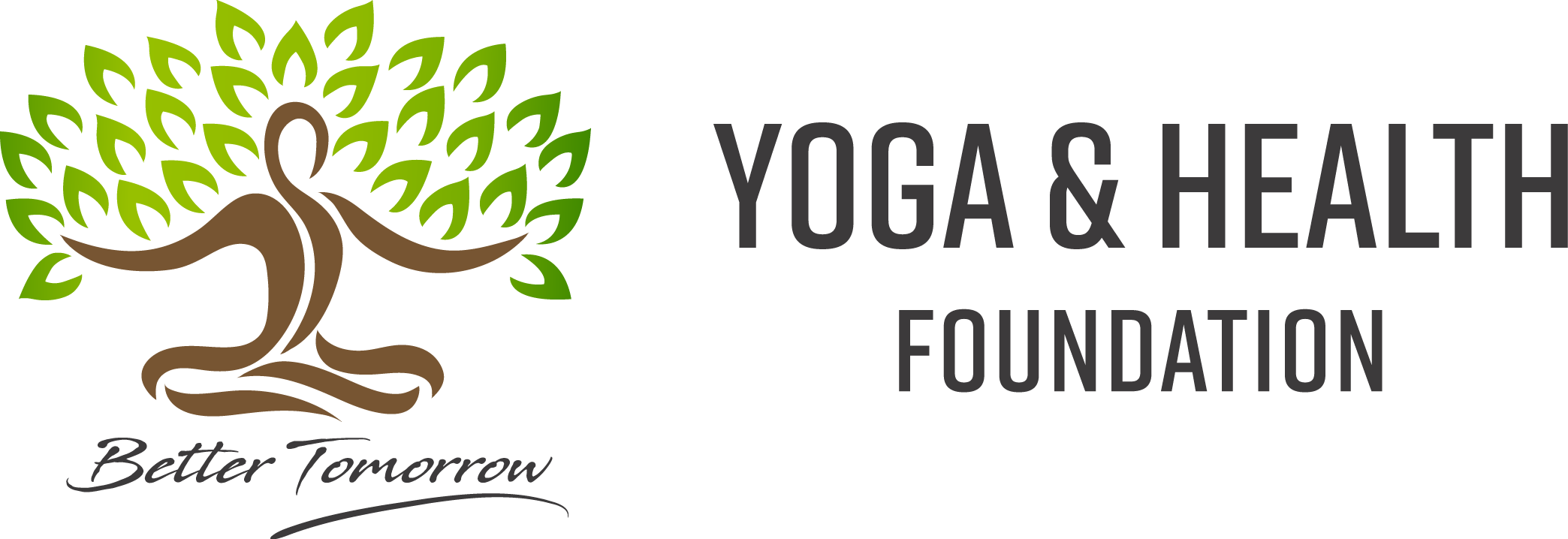Where do you get your protein from?
Often people ask you “where do you get your protein from?” or “won’t you lose a lot of weight?”. However, much to their surprise, I am the fittest I have ever been, and I eat a vegan diet. In fact, a trainer at the gym once asked me what I…
